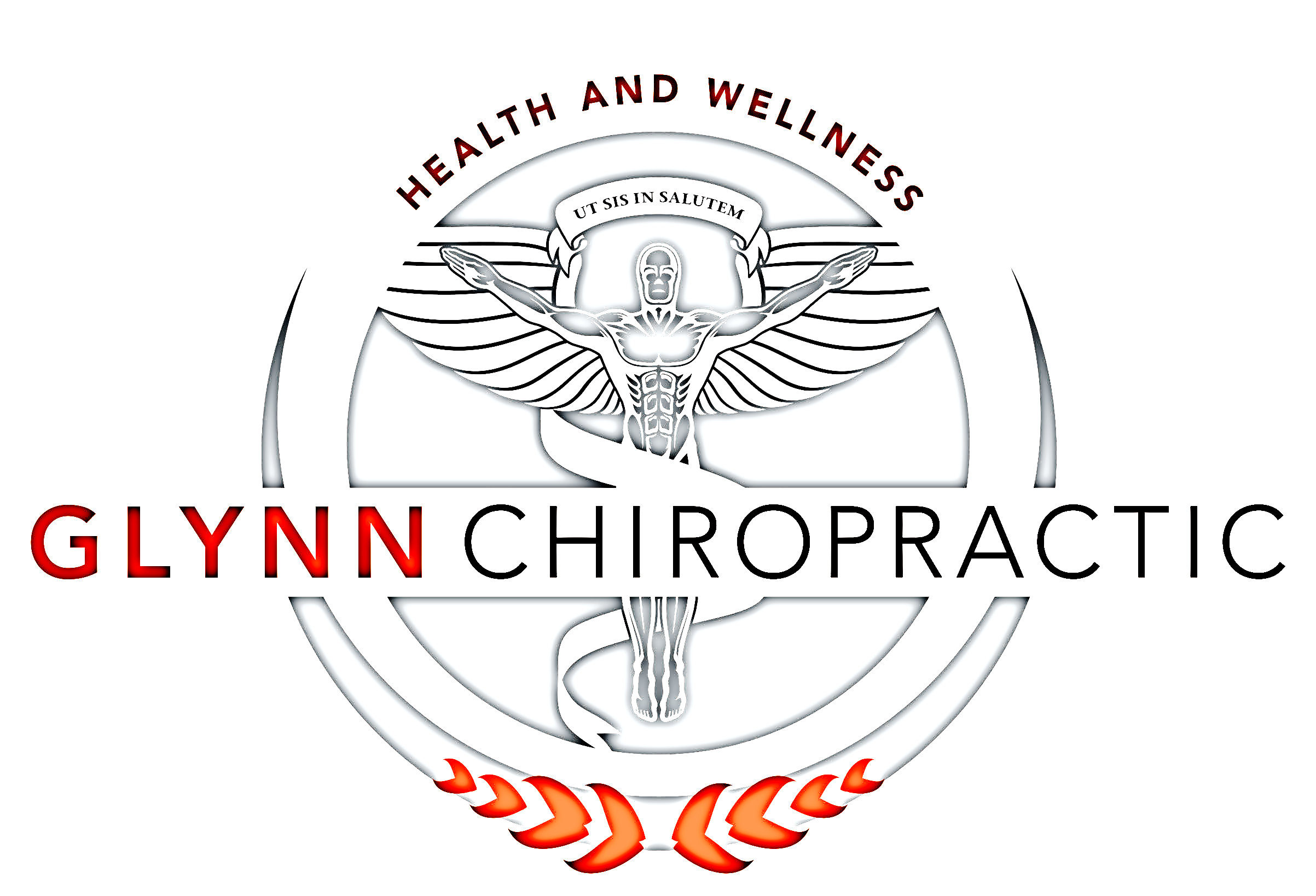Phases of Tissue Repair
Discover the intricate journey of tissue healing after injury, divided into three essential phases: Inflammatory, Proliferative, and Remodeling. Learn how each stage unfolds, the key cellular and biochemical events, and their significance in guiding treatment strategies. From managing inflammation to promoting optimal tissue strength and function, gain insights into effective approaches, including chiropractic care, physical therapy, and targeted exercises for enhanced recovery.
Tissue healing following injury can be generally described in 3 distinct stages. Each stage has its unique cellular and biochemical events. Here's a brief overview:
1. Inflammatory Phase:
- Duration: Typically lasts up to 72 hours post-injury.
- Key events:
- Blood vessels at the injury site become permeable, leading to the release of plasma and white blood cells into the surrounding tissues. This results in swelling.
- Various cells (like mast cells, leukocytes) release inflammatory mediators such as histamines, bradykinin, and prostaglandins, which contribute to pain and vasodilation.
- Neutrophils and macrophages remove debris and pathogens. Macrophages also release growth factors crucial for the subsequent proliferative phase.
2. Proliferative Phase:
- Duration: This can start as early as 48 hours post-injury and may last up to several weeks.
- Key events:
- Fibroblasts proliferate and start synthesizing collagen, producing a matrix that helps in wound contraction.
- Granulation tissue (a combination of new capillaries, fibroblasts, and collagen) starts forming, which fills the wound space.
- Epithelial cells migrate over the granulation tissue, sealing the wound.
- There's a balance between collagen synthesis and degradation during this stage.
3. Remodeling Phase
-Duration: Can begin about a week post-injury and might last up to 12 months or more.
- Key events:
- The type of collagen deposited in the wound changes, specifically from type III (which is more fragile) to type I (which is more robust).
- Collagen fibers reorganize and cross-link, increasing tensile strength.
- There's a decrease in cellularity and vascularity as the tissue matures.
- The tissue gradually regains its strength and function, but post-injury tissue rarely regains 100% of its original strength.
Understanding these stages is crucial in clinical practice, especially in determining treatment approaches. For instance, aggressive physical interventions during the inflammatory phase might aggravate the injury. However, during the remodeling phase, controlled stresses (like specific exercises, mobility, Chiropractic Care, Physical Therapy, recovery training) can help align collagen fibers, enhancing tissue strength and function.

